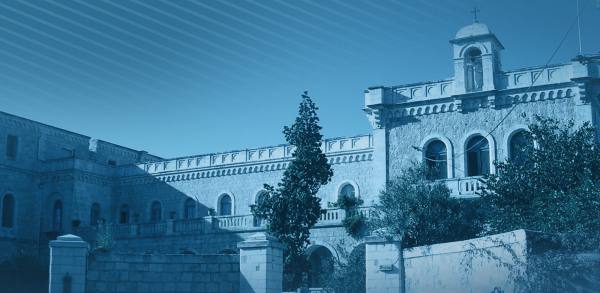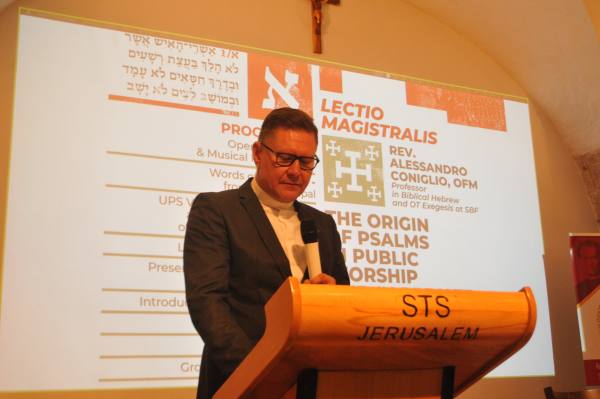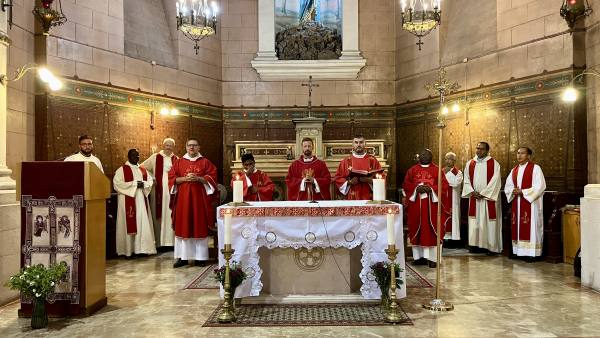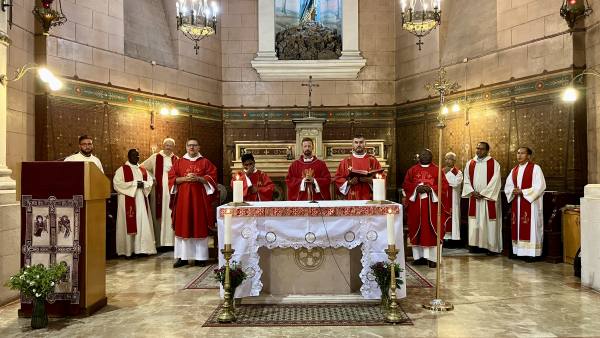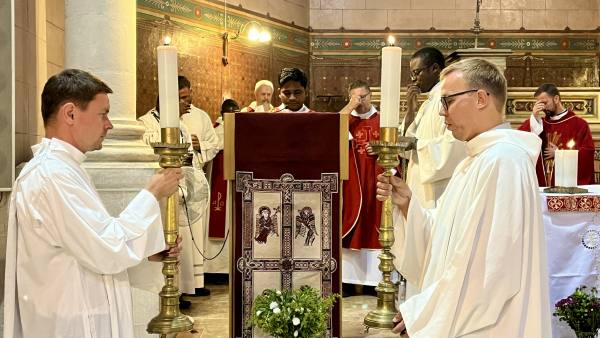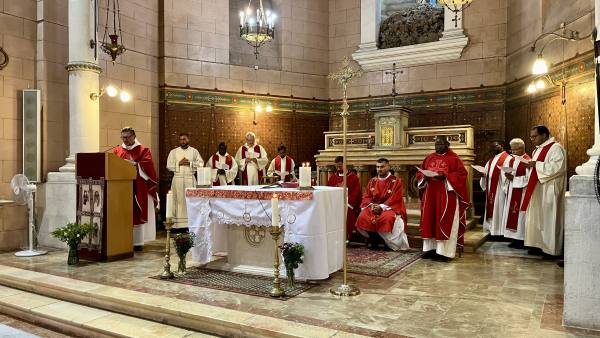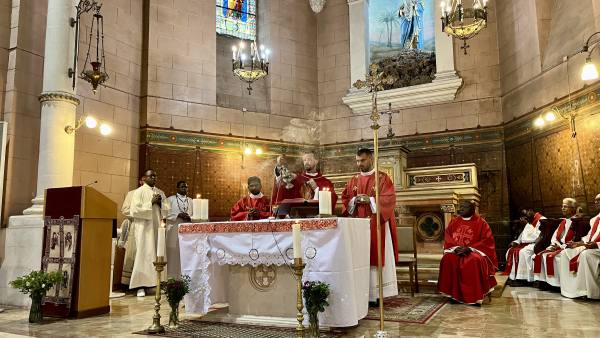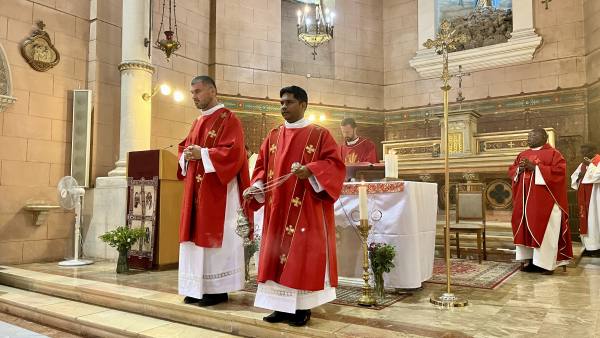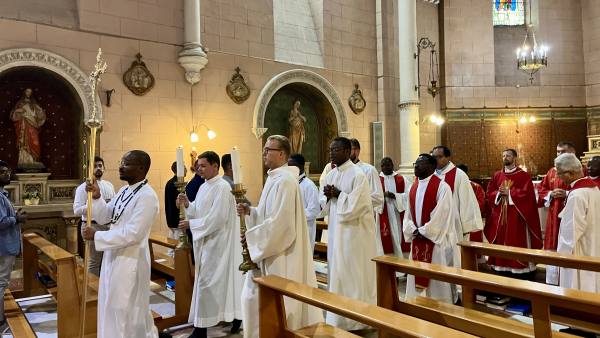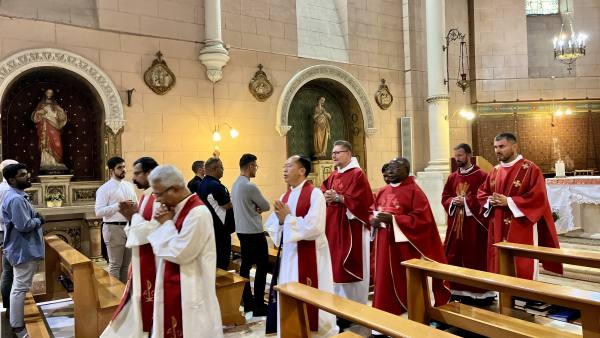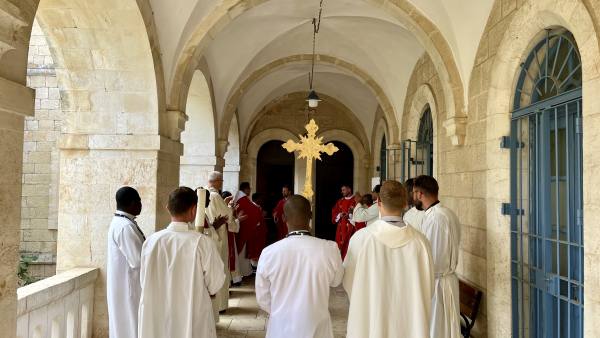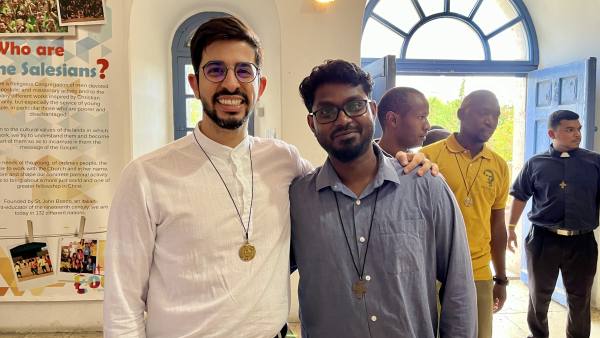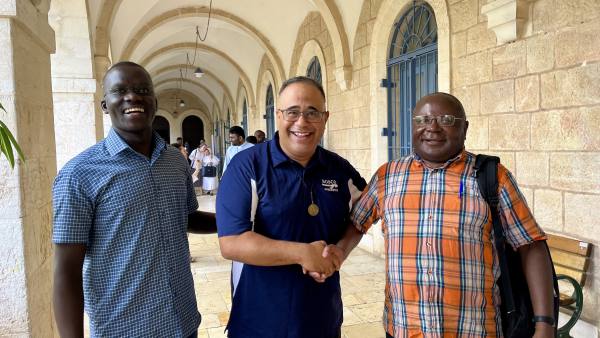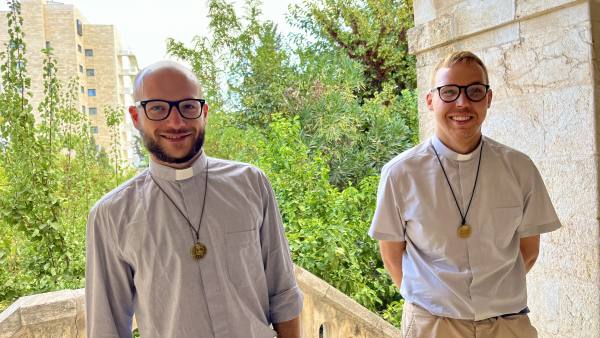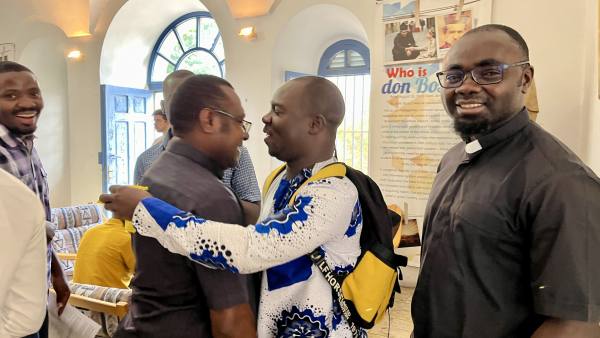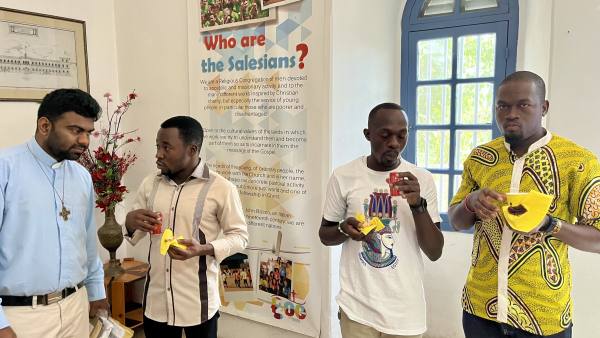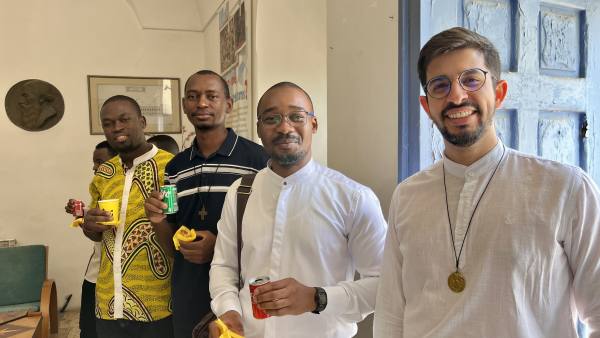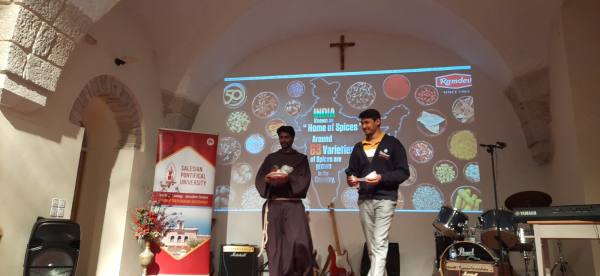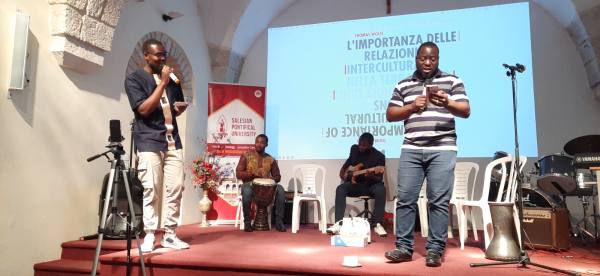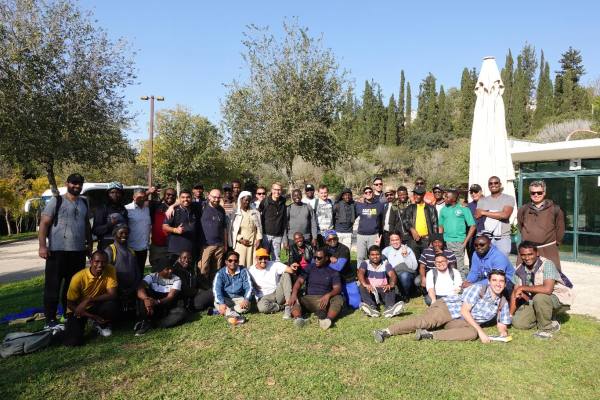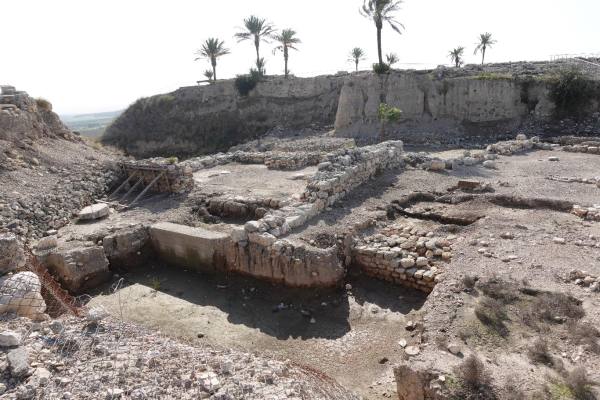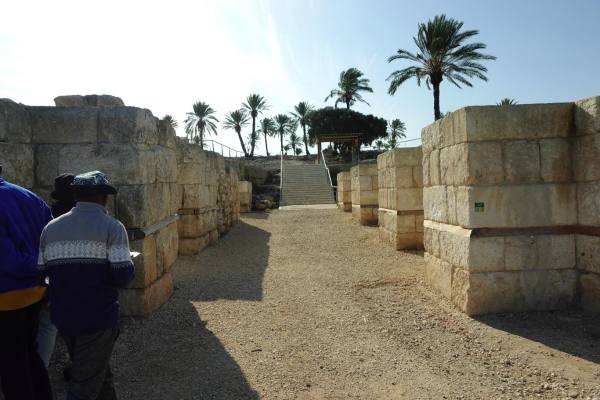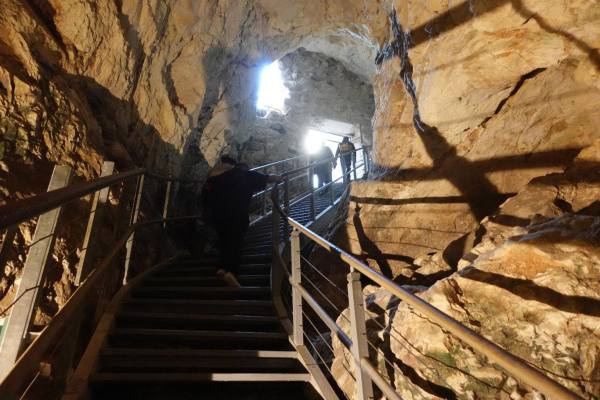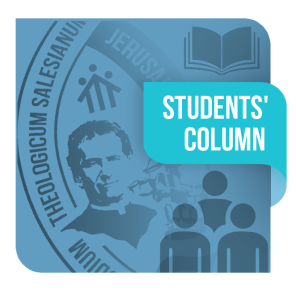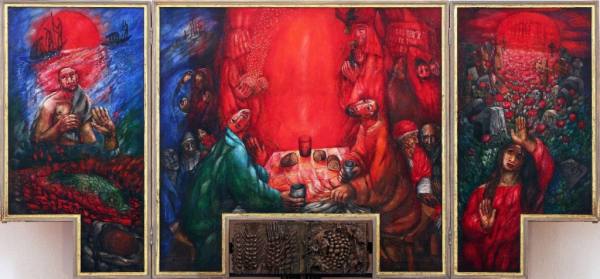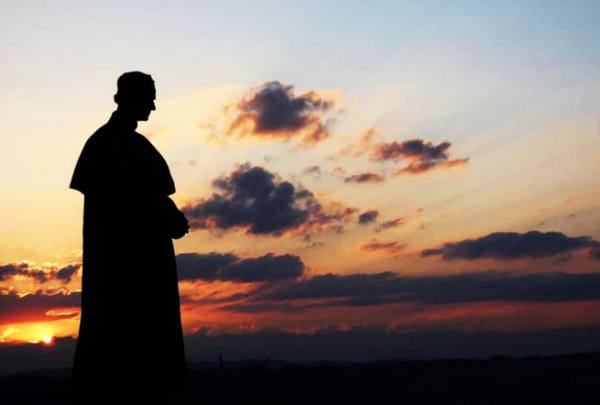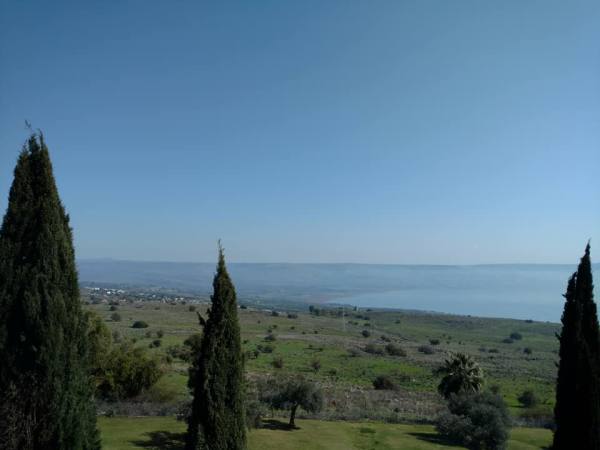Many people wonder how Don Bosco did it. How did he turn street boys—many of whom were neglected by their families and society—into a well-formed group of good Christians and honorable citizens?
To answer that question, we must go back in time to 19th-century Turin. City-state wars, political strife, and industrialization forced many families to flee rural areas, leading to overpopulation in the cities. The streets were overrun with abandoned boys—neglected and marginalized by society.
Don Bosco observed how these boys were treated—viewed as street animals, thieves, and parasites. It was then that he realized his purpose: to be a beacon of hope for these boys, reveal the love God had for them, and transform them into good Christians and honest citizens.
But how should he proceed? It was at this point that Don Bosco developed the principles that would later become the four pillars of the Salesian Oratory: Home, Church, School, and Playground. The order in which he introduced these pillars was crucial.
He began by attracting the boys with joy—entertaining them with magic tricks, organizing games, and bringing them laughter and good-hearted fun. So, which of the four pillars did Don Bosco start with? The PLAYGROUND. It made the most sense. Imagine if he had started with the Church—how successful would he have been if these mistreated boys had been accosted by a random priest preaching about God? They would likely have rejected him immediately. Asking them to repent for their sins while they struggled with daily hunger and hardships would have seemed insensitive and cruel. Instead, Don Bosco provided what the boys desperately needed—joy and laughter, the natural companions of childhood.
After engaging them with games, Don Bosco invited the boys to sit and share a meal. It was during these moments that he learned about their lives. For many, it was the first time anyone had asked about their situation and how they ended up on the cold streets of Turin. They opened up to him because they believed he genuinely cared. This shared moment of unity revealed the second pillar of the Salesian Oratory: HOME. Notice that Don Bosco had yet to evangelize them. He first met their needs, listened to their stories, and earned their trust and respect.
Once he demonstrated care and concern for their lives, the boys were ready to hear his message—the Good News of God’s love and the value of their lives. This marked the beginning of the third pillar: CHURCH. They were willing to listen because of how he treated them, revealing an authentic love. As Don Bosco later said, “It is not enough for you to love them; they must know you love them.” He approached the Gospel with empathy for their situation. Rather than emphasizing “God your Father,” which might have been difficult for fatherless boys to relate to, he presented “Jesus your friend.” Friendship was a concept they understood—when one boy found food, he would share it with his street comrades. Don Bosco taught them that Jesus was their most loyal friend, one who wandered the streets with them. The seeds he planted grew within them, changing their lives forever.
Don Bosco then introduced the final pillar: SCHOOL. He offered lessons in reading, writing, and practical skills for the workplace. These skills built their confidence and gave them a chance to succeed in the secular world.
Word spread throughout Turin about the priest who cared for street boys both physically and spiritually. However, not everyone welcomed this. Many citizens were concerned that the boys were too loud and would disturb their quiet, orderly lives. Nevertheless, the number of boys following Don Bosco grew exponentially. At times, he would find himself with no idea where to take them, looking to the sky in prayer to the Blessed Mother Mary. His prayers were never unanswered. “Don’t worry,” he would say, “Our Lady will provide all that is necessary.” And in moments of greatest need, he always found the resources required.
With God’s grace and the balance of HOME, CHURCH, SCHOOL, and PLAYGROUND, these once wild street boys became upstanding citizens, hard workers, faithful Catholics, and virtuous men. Many became loyal husbands and fathers, raising their children in strong Christian homes. Some chose to remain with Don Bosco, becoming the first Salesians, with a few even recognized by the Church as saints.
Today, we honor St. John Bosco and the transformative work he did for those rejected by society. We must also remember the secrets to his success—the model of the Salesian Oratory. In a world so broken and a youth so disillusioned, Don Bosco’s legacy must and will live on.
Bro. Leo Adrian Imbert, SDB




